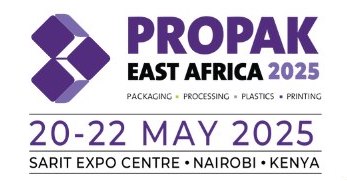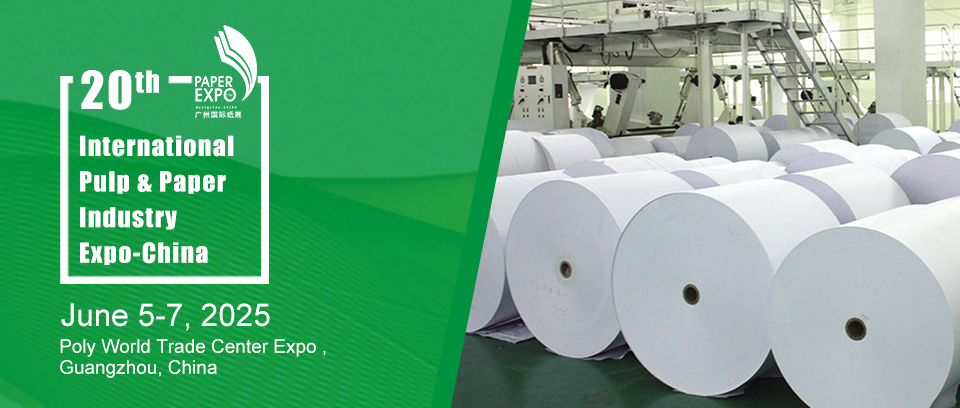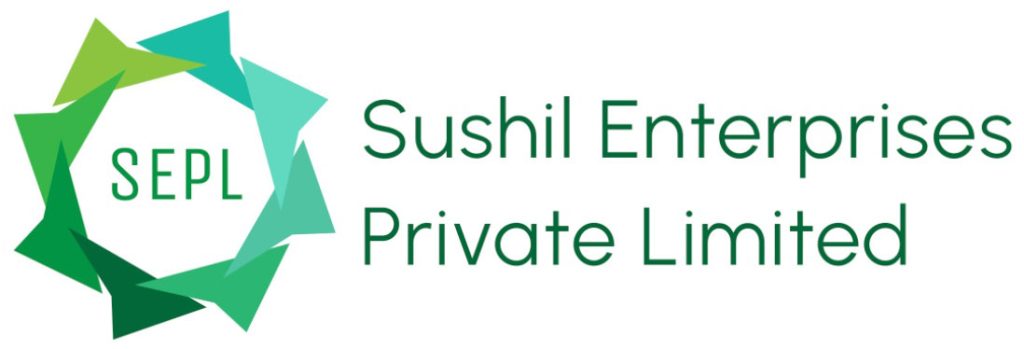
Today, paper food packaging has become an integral part of everyday lifestyle. From supermarkets to fast food restaurants, street stalls and cinemas, the significance of paper usage cannot be overempahised. In in this SPECIAL FEATURE ARTICLE culled from Sushil Enterprises, find out why paper is gaining momentum over other packaging media within the Food Industry value-chain.
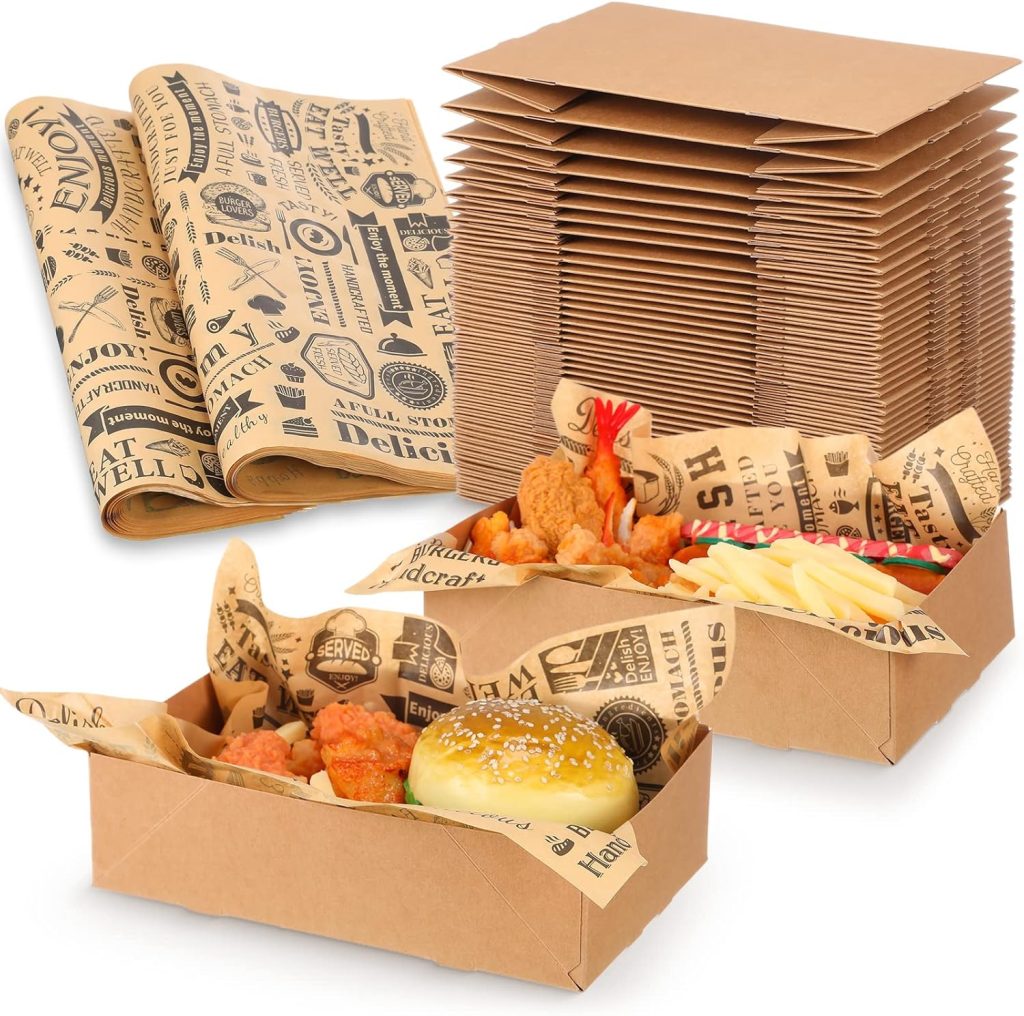
© Ubuy Nigeria
The Food Industry has long relied on various packaging materials, including plastic, aluminum, and styrofoam. However, with increasing concerns about environmental sustainability, paper has emerged as a preferred alternative. From food packaging to serving essentials, paper is playing a crucial role in reducing waste and promoting eco-friendly practices.
WHY PAPER?

© AdobeStock
The following are the benefits of using Paper in the Food Industry:
- Eco-Friendly and Biodegradable
Unlike plastic, which can take hundreds of years to decompose, paper is biodegradable and breaks down quickly. Many paper products are also recyclable or compostable, reducing landfill waste and pollution.
- Renewable and Sustainable
Paper is derived from trees, a renewable resource when harvested responsibly. Many manufacturers source paper from sustainable forests certified by organizations like the Forest Stewardship Council (FSC), ensuring responsible tree planting and harvesting.
- Safe for Food Contact
Paper-based food packaging is often free from harmful chemicals like bisphenol A (BPA), which are found in some plastics. It is considered a safer alternative for direct food contact, making it a preferred choice for food safety-conscious consumers.
- Customizable and Brand-Friendly
Paper packaging is easy to print on, making it ideal for branding. Food businesses can print logos, product details, and sustainability messages directly on paper packaging, enhancing their marketing efforts while maintaining an eco-friendly image.
- Lightweight and Cost-Effective
Paper products are generally lightweight, reducing transportation costs and carbon emissions. Additionally, paper packaging solutions can be cost-effective compared to other sustainable alternatives like glass or metal.
COMMON USES OF PAPER IN THE FOOD INDUSTRY
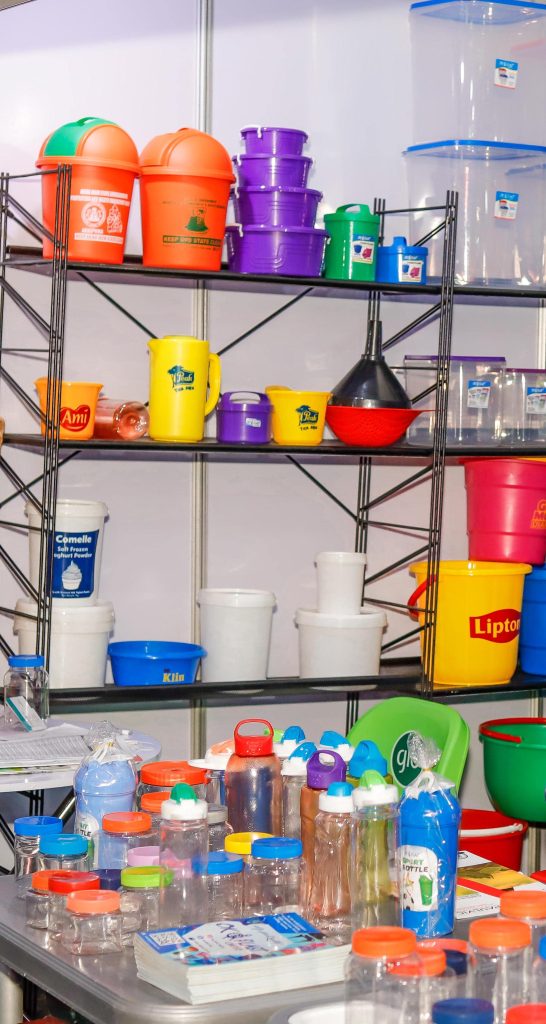 © Importance of Food Paper Packaging Material Safety
© Importance of Food Paper Packaging Material Safety
- Paper-Based Food Packaging
- Paper bags: Widely used for takeout, bakery items, and groceries, these are a sustainable replacement for plastic bags.
- Paper food boxes: Used for packaging fast food, salads, and meals, these are often lined with biodegradable coatings to prevent leaks.
- Sandwich and burger wraps: Grease-resistant paper is commonly used to wrap sandwiches, burgers, and wraps, replacing plastic or aluminum foil.
- Paper Cups and Containers
- Paper coffee cups: While traditional paper cups have a plastic lining, newer versions use biodegradable coatings like PLA (corn-based bioplastic) or water-based coatings.
- Soup and ice cream containers: Sturdy paper-based bowls with protective linings allow for hot and cold food storage without plastic.
- Paper Straws and Cutlery
- Paper straws: A widely accepted alternative to plastic straws, now commonly used in restaurants, cafes, and fast-food chains.
- Wooden or bamboo cutlery: Though not paper, these are often packaged in paper sleeves as a sustainable option for disposable utensils.
- Greaseproof and Baking Paper
- Parchment paper: Used for baking, grilling, and cooking, offering a non-stick, biodegradable alternative to aluminum foil.
- Butter paper: Common in bakeries for wrapping pastries, cookies, and chocolates.
- Paper-Based Labels and Stickers
- Many food products now use biodegradable paper labels instead of plastic-based stickers to align with sustainable packaging goals.
CHALLENGES AND INNOVATIONS IN PAPER-BASED FOOD PACKAGING
CHALLENGES:
- Durability and Moisture Resistance: Traditional paper absorbs moisture and grease, making it unsuitable for all food types. To counter this, many paper products are lined with coatings – though some may still contain plastic.
- Recycling Complexity: Some paper-based packaging includes plastic or wax linings, making them harder to recycle. However, advancements in biodegradable coatings are addressing this issue.
- Cost Considerations: While paper packaging is often affordable, fully biodegradable and high-quality alternatives can sometimes be more expensive than plastic.
INNOVATIONS:
- PLA (Polylactic Acid) Coatings: Derived from plants like corn and sugarcane, PLA is used as a biodegradable lining for paper cups and food containers.
- Water-Based Barrier Coatings: These coatings enhance the grease and moisture resistance of paper packaging while remaining fully recyclable.
- Edible and Plantable Packaging: Some companies are developing edible paper-based packaging or seed-infused wrappers that can be planted instead of discarded.
THE FUTURE OF PAPER IN THE FOOD INDUSTRY
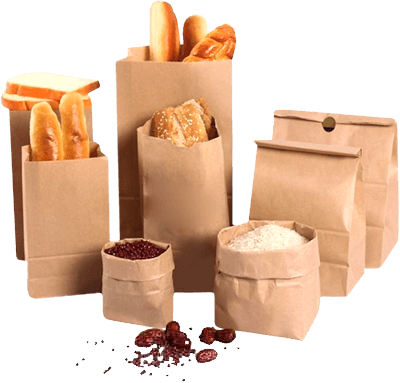 © MTED
© MTED
With increasing bans on single-use plastics and rising consumer demand for sustainable solutions, the role of paper in the Food Industry is expected to grow. Governments and businesses are investing in research to make paper-based packaging more durable, cost-effective, and fully compostable.
As technology advances, we can expect even more innovative paper-based solutions that enhance food safety, reduce waste, and support a circular economy. The shift toward paper is not just a trend but a necessary step toward a more sustainable Food Industry. By choosing paper-based alternatives, businesses and consumers can contribute to a cleaner planet – one meal at a time.
© www.sushilenterprises.co.in




















